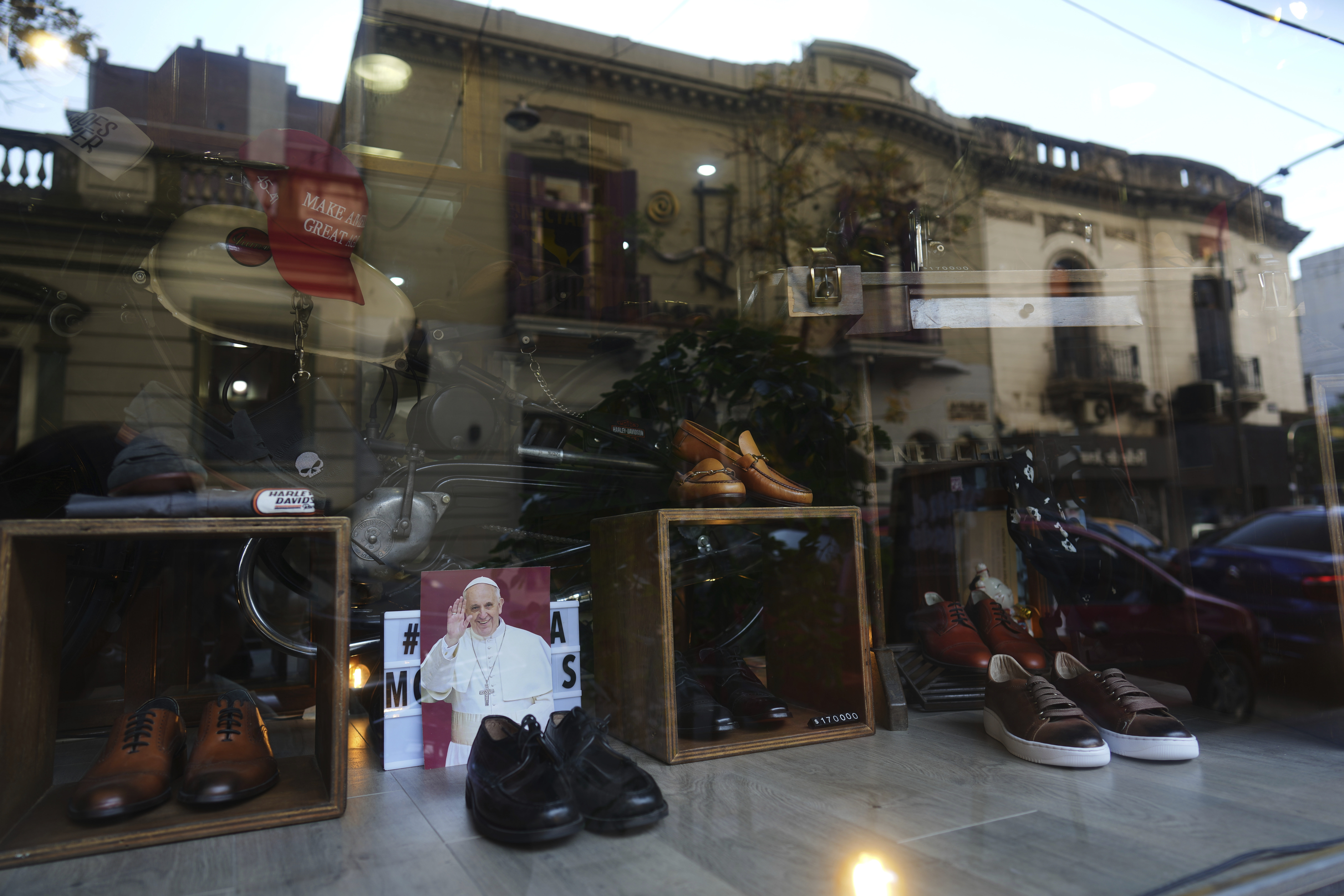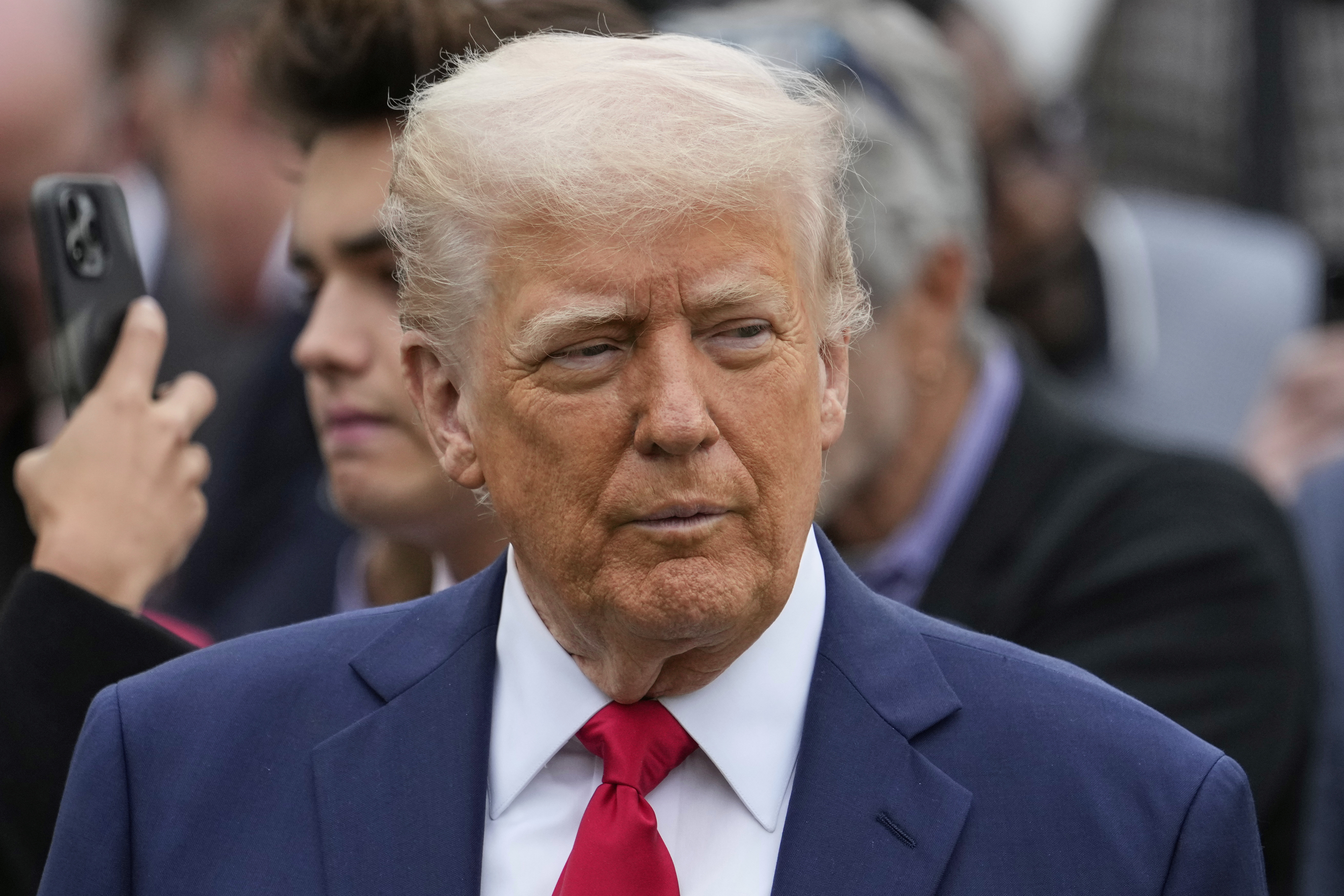Pope Francis' Humble Shoes: Pride of Argentina
Pope Francis' Humble Shoes: A Neighborhood's Pride
An Ordinary Pair, An Extraordinary Impact
Imagine a world leader known not for extravagance, but for simplicity. That’s Pope Francis. When the news broke of his passing, the world mourned, and memories flooded back – memories of his humility, his connection to the people, and yes, even his shoes. The story of Pope Francis' ordinary shoes, purchased from a small shop in his old Buenos Aires neighborhood, isn't just about footwear; it's a testament to a life lived with intention, and now it's a source of immense pride for the community he left behind. Isn't it fascinating how something as simple as a pair of shoes can become such a powerful symbol?
The Shoes: More Than Just Leather and Soles
Let's be honest, shoes aren't usually headline news. But these weren't just any shoes. These were the everyday loafers that carried a soon-to-be Pope through the streets of Buenos Aires, the same shoes that would later walk the halls of the Vatican. Their simplicity stood in stark contrast to the opulent traditions often associated with the papacy, and that's precisely what made them so remarkable. They whispered of a man more concerned with service than with status.
A Symbol of Humility
The simple black shoes spoke volumes. They were a visible rejection of the lavishness that had sometimes been associated with the Church. Instead, they represented a return to core values: humility, compassion, and a focus on the poor. Think of it as a visual reminder that leadership isn't about the accessories; it's about the actions.
A Connection to the Common Man
Pope Francis’ shoes were a bridge. They helped him connect with ordinary people around the globe. He wasn't just the Pope; he was a relatable figure, someone who understood the struggles of everyday life. His choice of footwear seemed to say, "I'm one of you."
The Cobbler's Tale: A Neighborhood's Hidden Gem
Every good story needs a setting, and in this case, it's a small, unassuming shoe store in Buenos Aires. This wasn't a high-end boutique; it was a neighborhood institution, the kind of place where the owner knew your name and your shoe size. And now, that very shop has become a point of pilgrimage, a symbol of the Pope's enduring connection to his roots.
From Regular Customer to Papal Patron
Before he was Pope, Jorge Mario Bergoglio was a loyal customer. He frequented the same small shop, purchasing the same simple black shoes. Can you imagine the cobbler's surprise when his regular customer became the leader of the Catholic Church? It's the kind of story that makes you believe in destiny.
The Pride of Buenos Aires
The cobbler, and the entire neighborhood, are now brimming with pride. The Pope's choice to wear their shoes, even on the world stage, is a testament to the quality of their craftsmanship and the enduring values of their community. It's a validation that greatness can come from the most unexpected places.
Breaking with Tradition: A New Kind of Papacy
Pope Francis’ papacy was marked by a willingness to break with tradition. He challenged established norms, questioned outdated practices, and emphasized the importance of social justice. And his shoes, in their unassuming way, were a part of that revolution.
Ditching the Ruby Red Slippers
Let's not forget the ruby red slippers of his predecessor, Pope Benedict XVI. Those shoes were a symbol of papal authority and grandeur. Pope Francis’ choice to wear simple black loafers was a deliberate departure from that image. It was a visual declaration that his papacy would be different.
A Focus on Simplicity and Service
Throughout his papacy, Pope Francis emphasized simplicity, service, and compassion. He lived in a modest apartment, drove a humble car, and consistently spoke out against inequality and injustice. His actions, big and small, reflected his commitment to these values.
The Lasting Legacy: More Than Just a Footprint
Pope Francis' legacy will extend far beyond his time in office. He inspired millions, challenged the status quo, and reminded the world of the importance of humility and compassion. And his shoes, those simple black loafers, will forever be a part of that story.
Inspiring Future Generations
What will future generations remember about Pope Francis? They'll remember his smile, his warmth, his unwavering commitment to the poor, and yes, even his shoes. They'll see them as a symbol of a leader who prioritized people over pomp and circumstance.
A Reminder of the Power of Humility
In a world often obsessed with status and possessions, Pope Francis’ shoes offer a powerful reminder of the value of humility. They teach us that true greatness lies not in what we own, but in what we do. And in who we are.
The Global Impact: Spreading a Message of Hope
The impact of Pope Francis' simple lifestyle resonated far beyond the Vatican. It challenged consumerism and inspired a new generation to embrace a more sustainable and compassionate way of living.
A Call for Social Justice
Pope Francis used his platform to advocate for social justice and economic equality. He spoke out against poverty, inequality, and environmental degradation. His words and actions inspired millions to join the fight for a better world.
A Bridge Between Cultures
Pope Francis also worked to build bridges between different cultures and religions. He promoted interfaith dialogue and sought to foster understanding and respect between people of all backgrounds.
Remembering the Man: Beyond the Papal Robes
Ultimately, the story of Pope Francis' shoes is a reminder that behind the papal robes was a man of deep faith, compassion, and unwavering commitment to serving others. He was a man who understood the power of small gestures and the importance of connecting with people on a human level.
His Warmth and Approachability
One of the defining characteristics of Pope Francis was his warmth and approachability. He greeted people with a smile, listened attentively to their concerns, and made them feel seen and valued. He treated everyone with respect and compassion, regardless of their background or beliefs.
His Unwavering Faith
Above all, Pope Francis was a man of deep faith. His faith was the foundation of his life and work. It inspired him to serve others, to advocate for justice, and to spread a message of hope and love to the world. His example inspired countless individuals to strengthen their own faith and to live a life of service to others.
Conclusion: A Legacy Etched in Leather
Pope Francis’ humble shoes are more than just a fashion statement; they are a symbol of a papacy defined by simplicity, humility, and a deep connection to the people. They represent a break from tradition, a commitment to service, and a reminder that true leadership lies not in power, but in compassion. The pride felt by his old Buenos Aires neighborhood is a testament to the enduring impact of his life and work. These shoes tell a story of a man who walked the walk, embodying the values he preached. And that’s a legacy worth remembering.
Frequently Asked Questions
- Why did Pope Francis choose to wear such simple shoes? He intentionally chose simple shoes to reflect his values of humility, simplicity, and connection with ordinary people, distancing himself from the opulent traditions sometimes associated with the papacy.
- Where did Pope Francis buy his shoes? He purchased his shoes from a small, unassuming shop in his old neighborhood in Buenos Aires, Argentina.
- What impact did his choice of shoes have on his old neighborhood? It brought immense pride to the neighborhood, highlighting their craftsmanship and the values they shared with the Pope.
- How did Pope Francis' shoes compare to those of his predecessor? His predecessor, Pope Benedict XVI, often wore ruby red slippers, a symbol of papal authority and grandeur, in contrast to Francis' simple black loafers, signifying a different approach to leadership.
- What do Pope Francis' shoes symbolize in the broader context of his papacy? They symbolize his commitment to breaking with tradition, prioritizing service and compassion, and connecting with people on a human level, rather than focusing on status or power.

